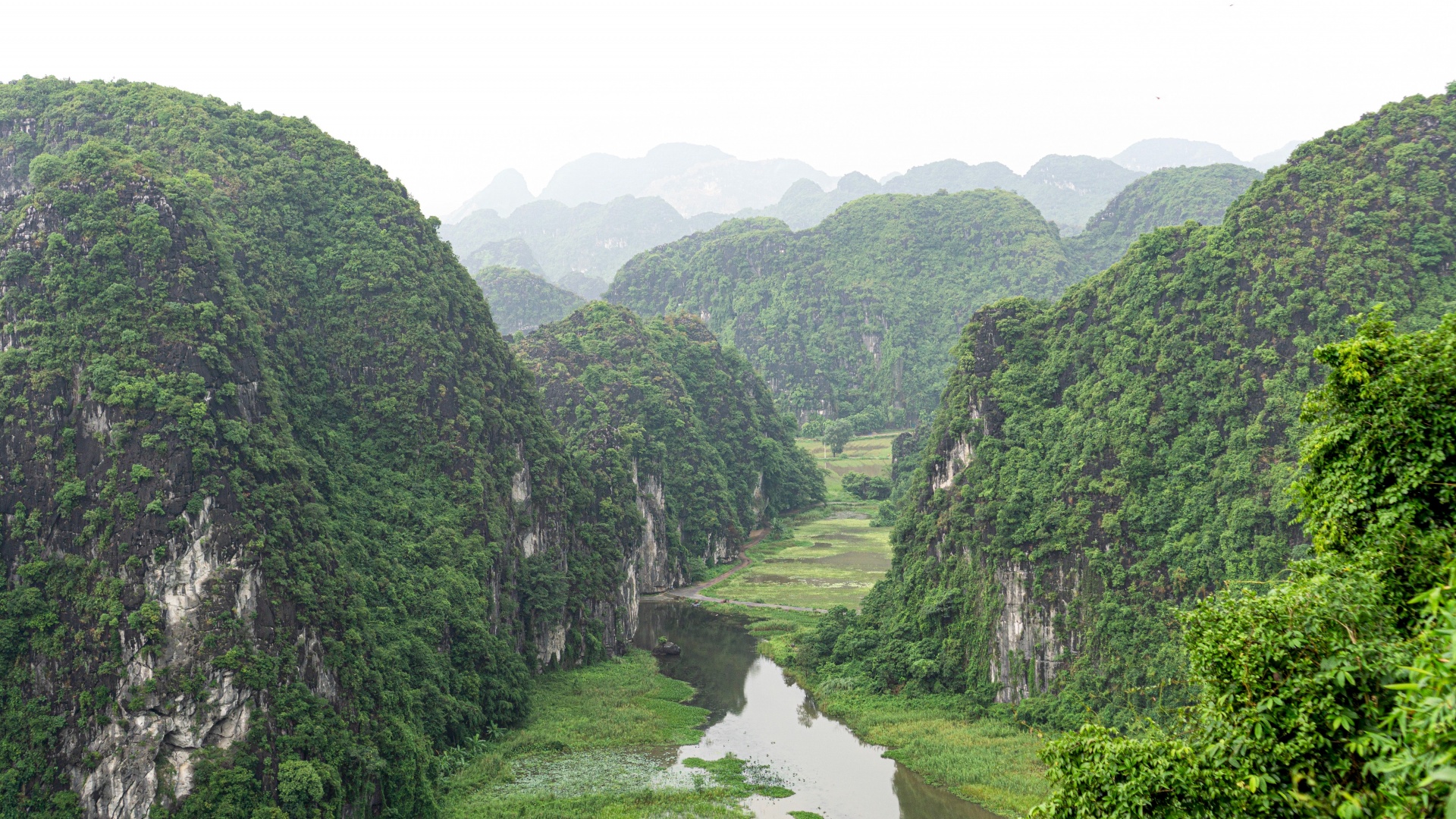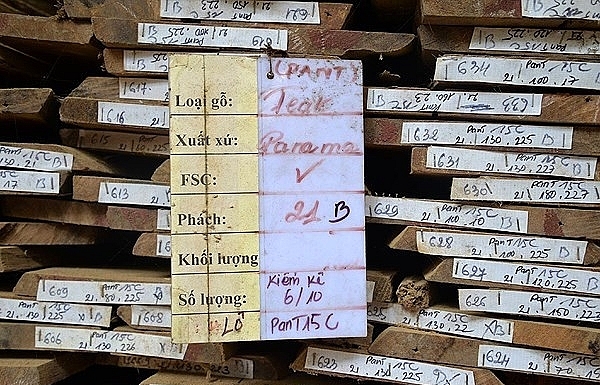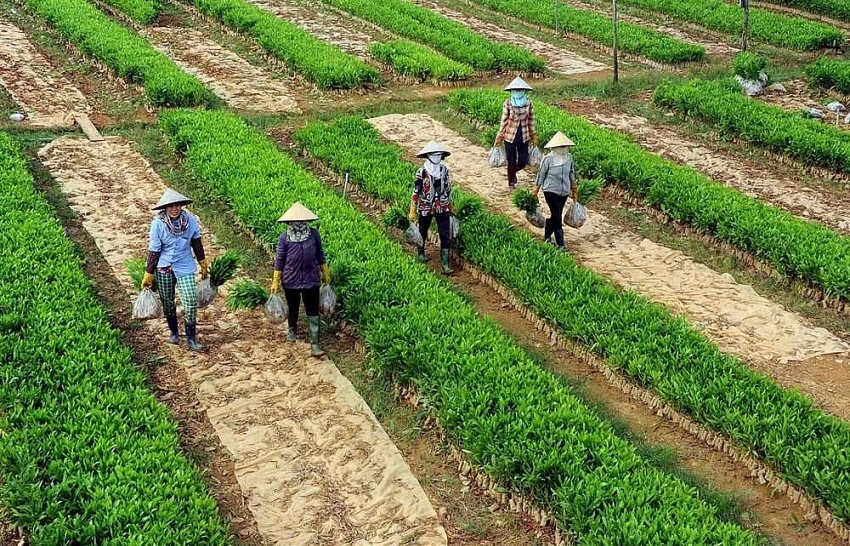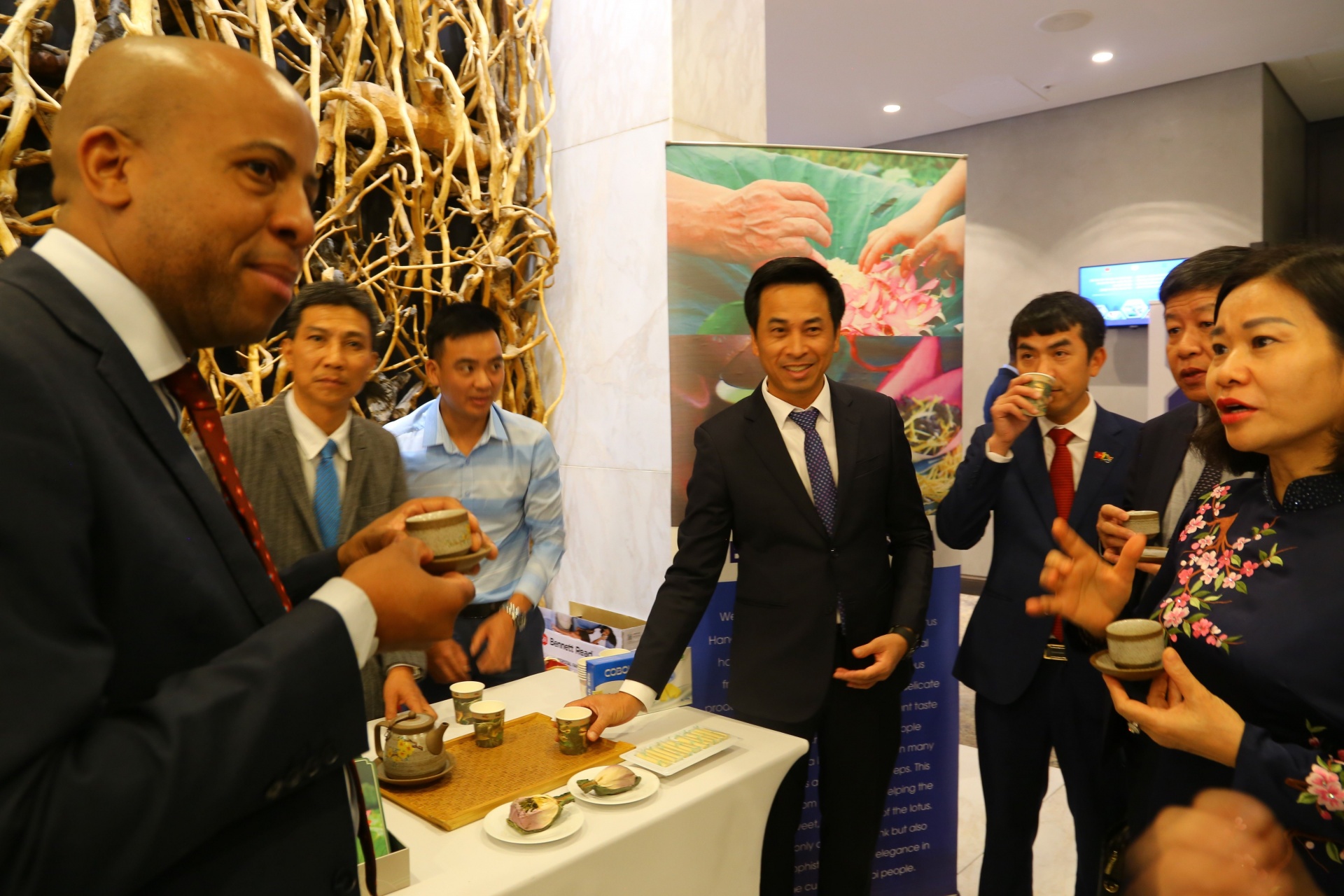Fruit of the Forest
 |
Located about 10 kilometres from the Vietnam- Cambodia frontier and 15km from the Mekong river, I have been reliably informed that Tra Su cajuput forest is an underrated place that is an ideal destination for anyone looking for an exciting holiday experience in the great outdoors.
After a succession of lazy beach holidays, I am sold on the idea of exploring nature rather than flopping around a little decadently on a deckchair at a fancy resort.
So after enjoying a hearty breakfast of noodles with beef meatballs and a hot cup of coffee, I set off from Chau Doc town in the Mekong Delta toward Tra Su forest.
The forest is man-made. Planting began back in 1983 though the forest and eco-reserve only opened as a tourist area in 2006. The cajuput-dominated forest is home to a wide and colourful variety of flora including lotuses, water lilies, duckweed, sonneratia and different types of fruit trees like banana, mango, rambutan and papaya.
I arrive on a surprisingly wet day and decide to explore by boat. It’s most relaxing floating around under the canopy of trees on green water-fern-crowded canals. Rainy season starts in September and normally ends in November, during which the entire forest is flooded, heralding an influx of fauna. The trees also appear greener, making Tra Su even more alluring.
Also during this season Tra Su is very noisy with thousands of birds hovering around and nesting. The forest is home to a variety of birdlife like the Indian stork, rong roc bird, night herons, cranes and numerous others.
Tra Su has three main areas linked together by numerous canals, soil dykes, paths and fields, including a 3,000sqm fishing area, a 2,500sqm bat sanctuary and 3,200sqm bird sanctuary. So you can navigate the reserve on foot, by bicycle and by boat.
 |
I share a small boat with two other tourists to start my tour of the forest. Our guide explains that there are over 140 species of fishes and 81 species of birds, among them the Indian Co Lao and Co Ran (snakehead) storks, both listed on the Red List of threatened species in Vietnam.
In the morning, the forest is rather quiet. Floating slowly on the verdant canal, our boat seems to draw abstract lines and shapes on the water canvas. It’s all very dreamy and extremely relaxing. The fresh green of the ferns, the light brown of cajuput roots and the deep green of cajuput leaves under the clear blue sky create a perfect painting of natural beauty.
Eventually we arrive at the Bat sanctuary. It’s bedtime for the bats so we tiptoe toward the trees and gaze up to see hundreds of very big black bats hanging loosely on the trees. The green trees seem to be laden with big black fruits! Later in the afternoon, we will see them spreading their metre-wide wingspan and flying away for food. For now we all try our best to keep silent!
Leaving the Bat sanctuary we veer towards the main conservation area of Tra Su where we will do a spot of bird watching. From a two-storey thatched house, we enjoy the panorama of the greenery below, dotted with white birds and stretching against the backdrop of the mighty yet serene Cam Mountain.
There is a tiled roof house in the centre of forest, which doubles as a restaurant and home-stay accommodation, which means you can extend your tour and stay overnight here in the heart of the forest.
 |
We’re informed that lunchtime is perfect for fishing. Mooring at a higher cape in the middle of forest, we take a rod and cast out our line hoping to snag something tasty for lunch. Tra Su is very famous for its freshwater fish such as anabas, chub and catfish.
I personally don’t have much success and so I wander off to admire the white lotuses, water lilies, yellow cord sunflowers and other wild flowers. Thankfully my companions pull up some fine looking fish and we head off for an unforgettable meal.
The fish is grilled in rice straw and served with a yellow cord flower salad and a sweet-and-sour water lily soup – truly delicious. After the meal, we sip on a cup of Co Bat herbal tea and feel utterly sated and refreshed. I also sample a glass of sugar palm juice, one of the most delicious and coolest drinks in town!
After lunch, we decide to leave the boat and rent some bicycles and cycle around the shady dykes. The 12km-long dyke network is very romantic and flanked by green cajuput, bamboo bridges and sometimes sugar palm trees and paddy fields, where cows lazily graze. Passing a cau khi (the bridge made of two straight bamboo trees), is a memorable experience, if also a little frightening.
When the sun sets, the birds come back in numbers. From the thatched houses, we can see white storks flying in the vast blue sky. The quiet forest now becomes very noisy with the sounds of birds squawking and wings flapping. Back in our boat, we watch as the birds perch on the treetops. Some also perch closer to ground level. And if you have some bread or grain in your hand, some may even pop down and nibble away.
We stop at a 14m-high watch tower where you can climb up to the top and enjoy the wonderful landscapes of the whole area. Flocks of white storks, swallows, herons and cranes fly past and finally my camera’s memory card is full.
Darkness soon descends and it’s time for the choir of frogs and crickets to alter the atmosphere. As we listen to this cacophony amongst the cajuput trees, we make ourselves comfortable around a campfire and chat with the forest keepers while enjoying a cup of herbal tea and pieces of palm sugar before sitting down to a delicious dinner.
|
To get there: Situated in Van Giao commune, Tinh Bien district, An Giang province, just 20km from Chau Doc town, 15km northeast of Mekong Delta and 10km northwest of Cambodian-Vietnamese border. From the centre of Chau Doc town, following National Road No.91 past Ba Mountain and through Tri Ton district, you drive for about 17km and turn left onto Provincial Road No.948 and go straight for about 3.5 kilometres until you get to Bung Dien canal. You keep going before taking another left again as soon as you pass the Sat iron bridge, where Tra Su cajuput forest and eco-tourist zone awaits. |
What the stars mean:
★ Poor ★ ★ Promising ★★★ Good ★★★★ Very good ★★★★★ Exceptional
Related Contents
Latest News
More News
- Vietnam’s economy on track for 6.5 per cent growth despite Typhoon Yagi, says HSBC (October 01, 2024 | 16:46)
- Vietnam urges China to expand market access for agricultural products and strengthen trade ties (October 01, 2024 | 16:42)
- IMF predicts Vietnam's economic growth to reach 6.1 per cent in 2024 (September 30, 2024 | 18:26)
- Deli Group breaks ground on $270 million factory in Hai Duong (September 30, 2024 | 18:17)
- Government considering tax on multiple properties (September 27, 2024 | 20:17)
- Accuracy more vital than ever in dawn of AI (September 26, 2024 | 20:44)
- Vietnam remains attractive destination for US businesses (September 26, 2024 | 20:23)
- New innovation centre inaugurated during HEF 2024 (September 25, 2024 | 09:00)
- China's Geely to build $168 million automobile facility with Tasco in Thai Binh (September 24, 2024 | 19:03)
- Spate of claims made in typhoon aftermath (September 19, 2024 | 17:00)




 Tag:
Tag:
















 Mobile Version
Mobile Version